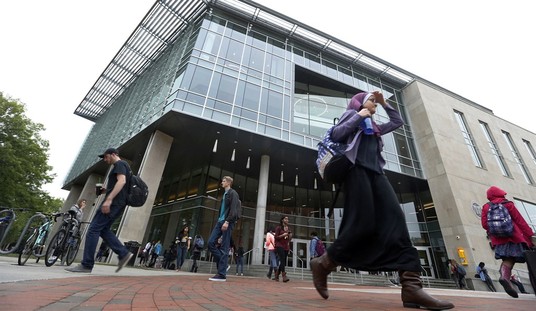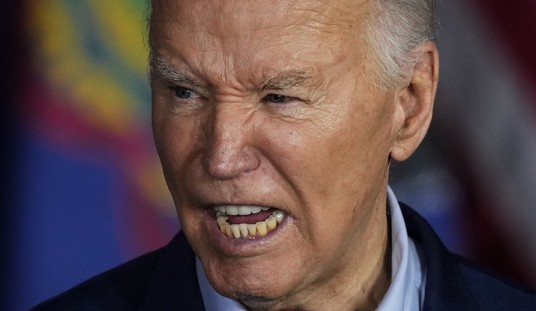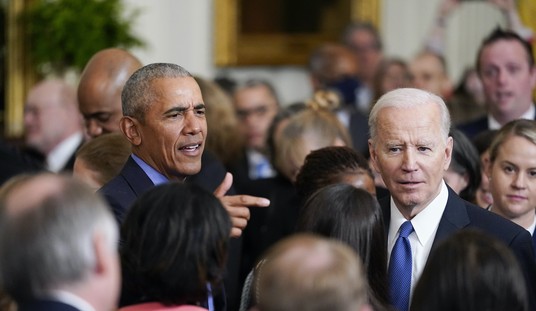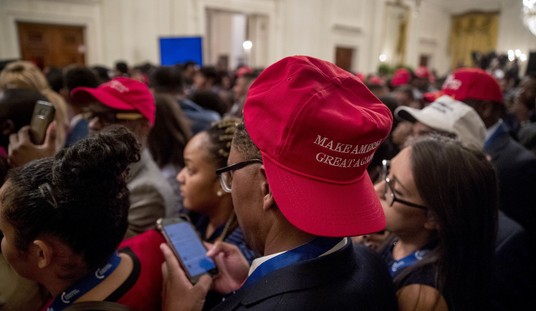=========
=========
Promoted from the diaries by streiff. Promotion does not imply endorsement.
=========
=========
In Rhode Island, the Republican Party faces the following obstacles: they account for only 12% of registered voters, they have only 14 members of the legislature, and President Trump’s approval ratings in the state are somewhere less than liver and onions.
The problems are endemic in the party in that state and recently played out in the battle to succeed current state party chief Brandon Bell, who is retiring after four years at the helm. Cranston mayor Allan Fung supports Rebecca Schiff, a real estate investor and avid pro-abortion voice who once proudly announced that she voted against Trump in 2016. Recently, all 14 state legislators wrote a letter expressing their disapproval of Schiff. Here is the rub: Allan Fung is a two-time loser for Governor having run against one of the most unpopular Democratic governors in the country. Listening to Fung would be akin to Elizabeth Warren seeking advice from Hillary Clinton in a presidential campaign. Perhaps, that is why Bell had told Fung to butt out and focus on Cranston.
The state GOP knows full well that pro-Trump activists have established a strong base within Republican circles. Abandoning Trump altogether is simply not an option. So what is the state GOP to do considering that, overall, Trump is very unpopular in the state and, by extension, the GOP brand? The solution seems to be benign ignorance of Trump while focusing on state legislative seats and local races. In short, they aim to keep local races local. As has been noted, Trump did actually win in some state legislative districts and came within 5 points of beating Clinton in others. Altogether, they account for about one-third of the state General Assembly seats.
The task becomes more herculean because the state GOP is somewhat disorganized and lacks financial resources. Part of that is attributable to previous leadership that essentially let things go to hell. Maybe there was a “What’s the use attitude,” but organizational, messaging and fundraising deficiencies did not start in 2015 when Trump announced his candidacy.
Signaling some semblance of unity, the GOP recently voted to apportion delegates to the 2020 convention on a winner-take-all basis. This was interpreted as a nod to the Trump faction to shore up support nationally.
In Connecticut, things are generally described as equally bleak, especially after the 2018 election. Then, the Democrats had the albatross of Democrat Governor Dan Malloy around their collective necks. At the time, he was the nation’s least popular governor which convinced him not to seek reelection. The outcome of the 2018 governor’s race still weighs heavy in GOP circles.
What most perturbs the state party’s leadership is the way in which the GOP candidate Bob Stefanowski emerged and the way he handled his campaign. The conventional wisdom is this: Trump is very unpopular in Connecticut while Stefanowski was an early avid Trump supporter. Stefanowski then surrounded himself with a cadre of out-of-state consultants including a Trump pollster and Trump’s 2016 ad coordinator. In the aftermath, Danbury mayor Mark Boughton (who lost to Stefanowski in the primary) claimed “We let Trump take over this race.” Adding insult to injury, an eight-year string of GOP legislative victories was washed away.
GOP chairman J.T. Romano has complained about the late August primary being a drag on party unity. He claims that the short turn-around time to the general election does not allow enough time for the party to coalesce around a candidate. There are two problems with that line of thinking: (1) it would require legislative approval to change the primary date and (2) Democrats do not seem to have a problem coalescing around a candidate given a late-August primary. That sounds more like sour grapes and a self-indictment of one’s abilities more than anything else. Admittedly, Democrats start with a 5:3 advantage in registered voters, but that ratio is not as bad as one would suspect.
A loss is a loss, but if one looks deeply into the numbers, there is hope. Stefanowski, despite all the alleged baggage linked to his association with Trump, still managed to garner the most votes for a Republican gubernatorial candidate since former governor Jodi Bell in 2006. In the General Assembly races, 22 were within a margin of a 2-point loss for the Republican and there were 8 recounts.
As some have noted, this tendency for GOP candidates to disassociate themselves from President Trump may not play out very well. Trump may have had an effect in 2018. But in 2016, there was a positive effect with Trump at the top of the ticket when the GOP managed to gain a tie in the state senate and came within a few states of taking the General Assembly. Other than Bush’s reelection in 2004 (although he lost Connecticut to Kerry), Trump amassed the most votes by a Republican candidate since the 1988 election when Bush 1 was the last Republican to win Connecticut.
Next: New York













Join the conversation as a VIP Member